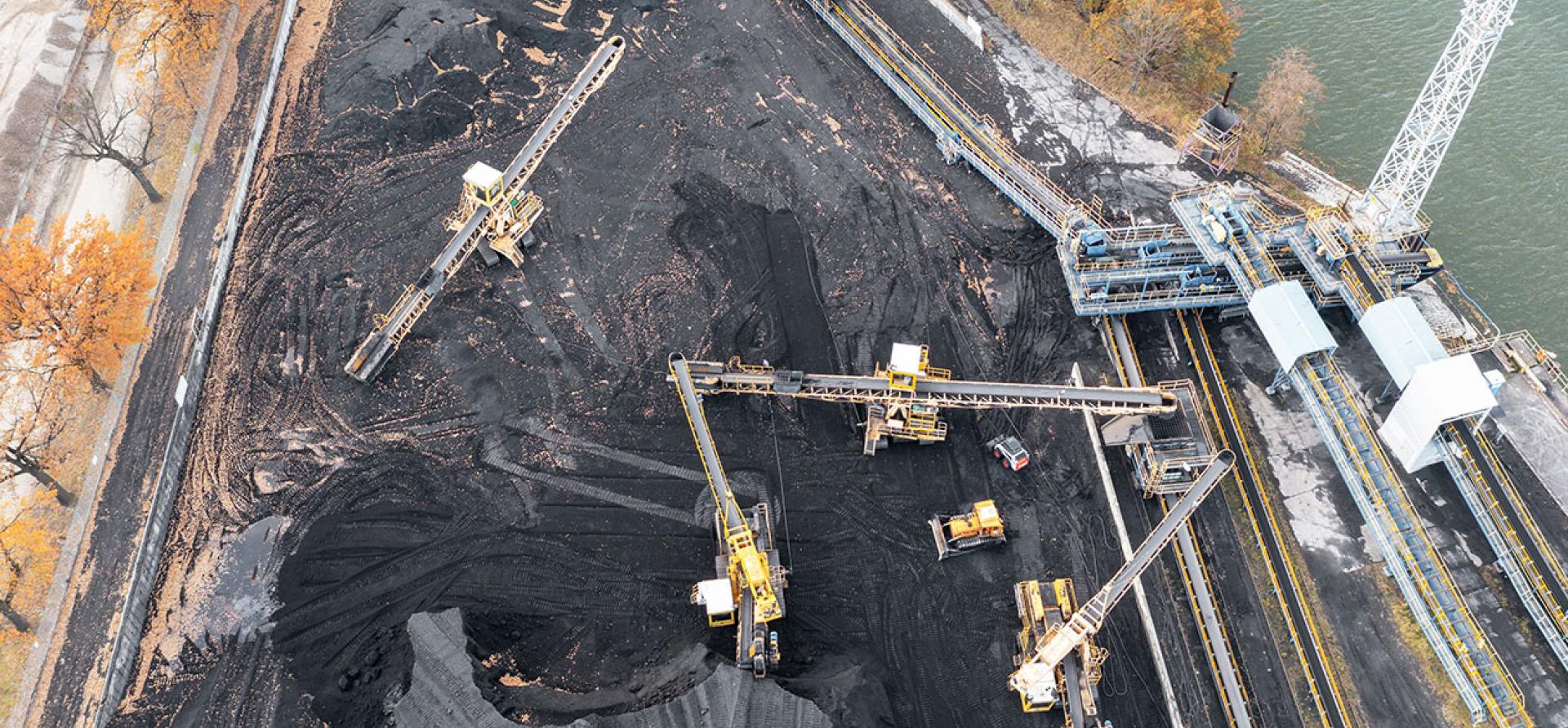IEEFA op-ed: Last hopes for demand growth set to disappoint thermal coal exporters

The world’s largest thermal coal exporter is eyeing new markets as its largest export destinations threaten to cut imports.
Indonesia is targeting Bangladesh, Pakistan and Vietnam as China and India seek to curb thermal coal imports into the long term.
Australian and South African thermal coal exporters aren’t going to have it their way
As a result, Australian and South African thermal coal exporters aren’t going to have it all their own way in seeking increased deliveries to markets like Vietnam. Furthermore, it looks increasingly like Vietnam, Bangladesh and Pakistan are going to disappoint those hoping for more demand growth from these countries.
A key problem faced by thermal coal exporters in Australia, Indonesia and South Africa is that China and India are increasingly prioritising their own very large domestic coal mining industries. Both nations are keen to reduce imports as much as possible for energy security reasons and to protect domestic jobs.
Other established coal export destinations are also likely to reduce imports in the long term.
South Korea has been the third largest thermal coal export destination for Australia, Indonesia and South Africa. However, in September 2020 President Moon Jae-in announced that 30 coal-fired power plants will be closed by 2034 and wind and solar capacity tripled by 2025.
Meanwhile Japan is now planning the closure of 100 coal-fired power units by 2030 as it gears up for its own push into offshore wind.
Bangladesh Set to Abandon Its Coal Push
Bangladesh’s coal power capacity will likely now be limited to what is already under construction
With one of the largest coal power project pipelines in the world, Bangladesh has been considered a significant source of future demand growth for thermal coal in the Asian seaborne market.
However, that hope looks like it is about to come to an abrupt end now that the nation’s power ministry has sought approval from the Prime Minister to cancel 13,000 megawatts of coal power plans.
The relative expense of coal-fired power compared to new energy technology, and increasing difficulties securing finance for coal projects are behind Bangladesh’s sudden shift. Bangladesh’s coal power capacity will likely now be limited to what is already under construction – a major boom in coal imports to help replace declines elsewhere won’t now happen.
Pakistan’s Imported-Coal-Fired Plants Are Stranded According to New Power Plan
Like Bangladesh, Pakistan was also once seen as one of the last major thermal coal growth markets. However, the government has been shifting away from imported coal and is now prioritising power plants fuelled by domestic coal, hydro and renewable energy.
South African exporters will need to find alternative markets
Another planned coal power plant intended to be fuelled by imported coal was cancelled in June 2020. And Pakistan’s new long term power plan continues the trend away from imported coal.
According to this plan, focus on other power sources would mean that the nation’s coal plants that use imported coal would be operating at just 14% utilisation by 2030. In such a scenario, those coal power plants are stranded – they can’t operate economically at such low utilisation.
This would end any chances of Pakistan replacing lost markets for Indonesia and Australia. It’s even worse news for South African coal exporters as Pakistan is currently the nation’s second largest export destination.
India is South Africa’s largest coal export destination by far but with the Indian government stepping up action to replace coal imports with domestic supply and Pakistan turning towards domestic power sources, South African exporters will need to find alternative markets.
In 2020, South Africa has managed to significantly increase exports to Vietnam, although this has not been enough to counteract a fall in exports to India.
Vietnam Prepares to Dial Down Coal Focus
Increased export focus on Vietnam this year highlights how this nation is becoming a battleground market as the Asian seaborne thermal coal pond threatens to shrink significantly in the long term.
Although Vietnam has significantly increased coal imports recently, it now looks like nation’s next long term power plan will further disappoint the thermal coal sector.
A boost in renewable energy focus along with curtailment of coal-fired power additions are set to be key features of Vietnam’s soon-to-be-finalised Power Development Pan VIII.
Vietnam won’t be able to replace markets the main exporters are set to lose elsewhere
This follows the Vietnamese National Steering Committee for Power Development’s recommendation that 15 gigawatts of planned coal projects be scrapped as renewables get cheaper and more banks pull out of coal power financing.
Coal power plants currently under construction in Vietnam will continue, increasing the demand for thermal coal imports in the medium term, but with Indonesia, Australia and South Africa all targeting the nation, it won’t be able to replace markets the main exporters are set to lose elsewhere in Asia.
The International Energy Agency’s (IEA) most recent World Energy Outlook – often quoted by the coal industry – outlines a 15% decline in the global thermal coal trade by 2030 under its central Stated Policies Scenario. Under its Sustainable Development Scenario, the decline is 56% by 2030.
According to the IEA, it is increasing coal exports to Asian markets outside of Japan, China, South Korea and Taiwan that will slow thermal coal’s decline under its central scenario.
With the recent moves by Vietnam, Bangladesh and Pakistan that is looking less likely and the decline of seaborne thermal coal threatens to look more like the accelerated decline in the Sustainable Development Scenario.
The thermal coal industry can no longer claim that growth markets ensure a rosy future for exports.
Simon Nicholas is an IEEFA energy finance analyst. This commentary first appeared in Asia Times.
Related articles:
Is Bangladesh’s government turning away from coal?
NSW’s bullish coal export plan defies the global market realities
COVID-19 is giving the thermal coal sector a look at its long-term future















